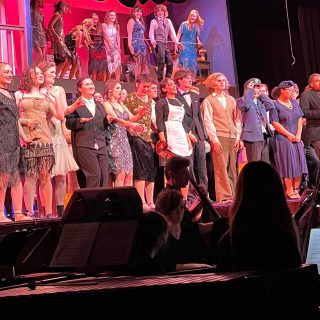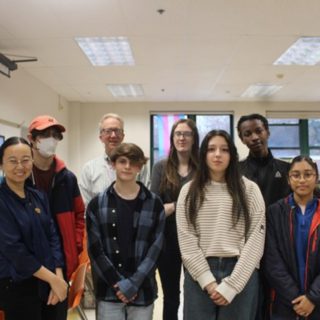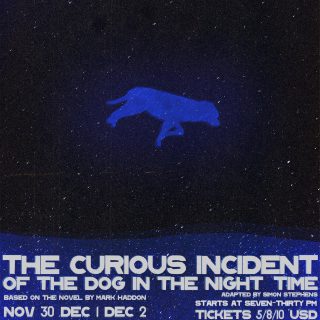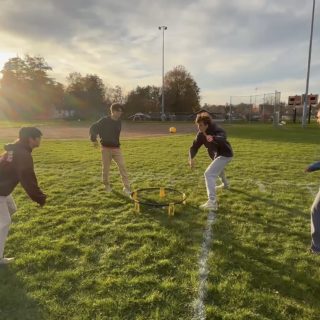The thrill of the hunt (yes, actual hunting)

One of ARHS senior Noel Kenny’s favorite hobbies is hunting and capturing “game” for food, an activity he began at age 14 with his uncle. Kenny didn’t like it at first, joking that having to get up early in the morning was the hardest part, since they had to arrive at their spot by 4 a.m.
But now he’s hooked.
Kenny’s favorite animal to hunt is turkey. “With deer hunting, you have to wait in one spot, but with a turkey, you can hear where it’s at, and it is a more active experience,” said Kenny. “They are the easiest to hunt. You spend less time sitting and waiting, and they come in bigger groups in the fall.”
Kenny usually uses a 20-gauge semi-automatic shotgun for turkey, while using a 12 and 20-gauge shotgun for deer.
He said it takes “one hour if I’m lucky and seven on average” to capture an animal during a hunt. Kenny usually sets up cameras and covers them with leaves in places visited by large amounts of animals to increase the chance of picking something up on camera.
He then finds a tree to lean on, puts leaves over himself, and waits to line up a shot. “You can’t move while hunting,” he said. “You must be extremely silent or else the turkey or deer will run.”
There are laws about how much you can hunt, and laws about what time of year you can go out to hunt.
Kenny said hunting is legal and necessary because it helps keep the animal population in check, making sure there is enough food for the remaining animals. When overpopulation occurs, he noted, the food supply goes down and animals starve.
Keeping animal populations in check even helps the environment by lowering the spread of disease.
A license is needed not just to carry a weapon, but also to hunt, and hunters have to go through training. For example, if an animal is shot but not killed, the hunter is expected to put it “out of its misery,” said Kenny.
According to the Association of Fish and Wildlife Agencies, hunting is a big tradition in America that many different cultures and ethnicities practice, beginning with Indigenous people. Now, “hunters in the US alone generate $23.8 million a day in state money that supports wildlife conservations and agencies.”
Also according to fishwildlife.org, in New England alone, there are 273,000 hunters, and there are 2,600 jobs for hunters.
Hunting especially gets young people off their phones, out in nature, and spending time with family and friends, and even capturing and preparing their own food.
Kenny said in addition to the thrill he gets from hunting, he has made lots of incredible meals from the animals he has hunted for food, including venison burgers and tacos.
“Those were delicious,” said Kenny.














